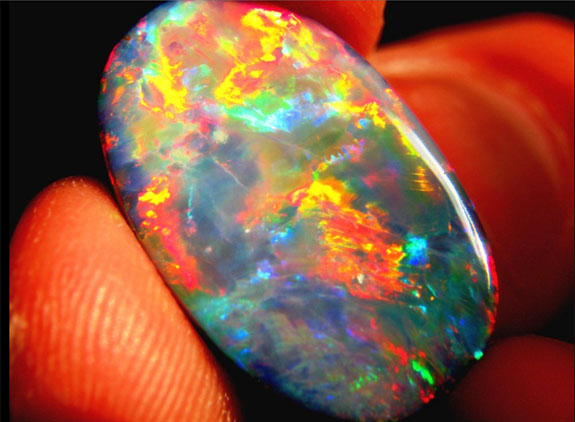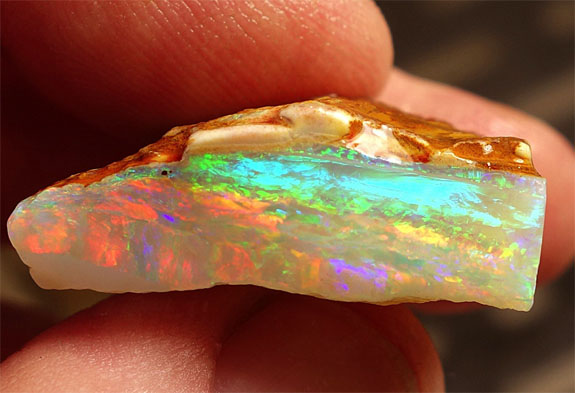Precious opals are unusual because 3% to 30% of their content is made up of water. So, when planetary scientists discovered opal fragments embedded in a meteorite that crashed down in Antarctica, they wondered if Earth's life-giving water was actually ferried here by asteroids and meteorites eons ago.
Led by Professor Hilary Downes of Birkbeck College London, a team of scientists studied a meteorite named EET 83309. It was made up of thousands of broken pieces of rocks and minerals, which led the team to surmise that it was once part of an asteroid. Using an electron microscope, the scientists determined that the opal fragments existed in the meteorite long before it landed on the Antarctic ice.
"The pieces of opal we have found are either broken fragments or they are replacing other minerals," Downes commented. "Our evidence shows that the opal formed before the meteorite was blasted off from the surface of the parent asteroid and sent into space, eventually to land on Earth in Antarctica."
"This is more evidence that meteorites and asteroids can carry large amounts of water ice," she continued. "Although we rightly worry about the consequences of the impact of large asteroid, billions of years ago they may have brought the water to the Earth and helped it become the world teeming with life that we live in today."
Downes and her team delivered their findings to the National Astronomy Meeting in Nottingham, England, on June 27.
One of October's official birthstones, the precious opal is universally loved because it often presents all the colors of the rainbow. Each opal is truly unique and more than 95% of fine opals are sourced in Australia. Geologists believe they form in and around hot springs, a fact that sparks great excitement when a meteorite embedded with opal falls to Earth.
Last July, for example, researchers at the University of Glasgow discovered traces of fire opal in the famous Nakhla meteorite, which crashed in Egypt in 1911. The meteorite originated on Mars, which opened speculation of the presence of water, and possibly life, on the Red Planet.
Credits: Opal (top) by Daniel Mekis (Own work) [CC BY-SA 3.0], via Wikimedia Commons. Opal (bottom) by Dpulitzer (Own work) [CC BY-SA 3.0], via Wikimedia Commons.
















